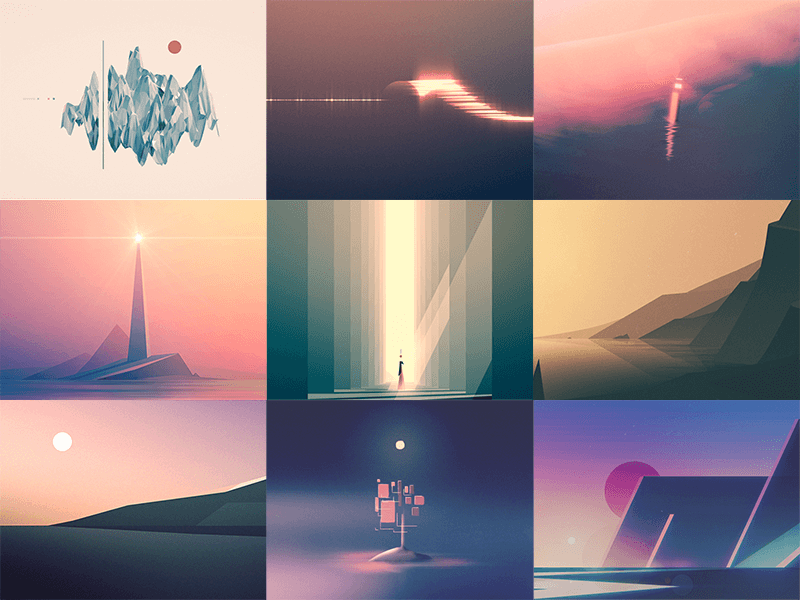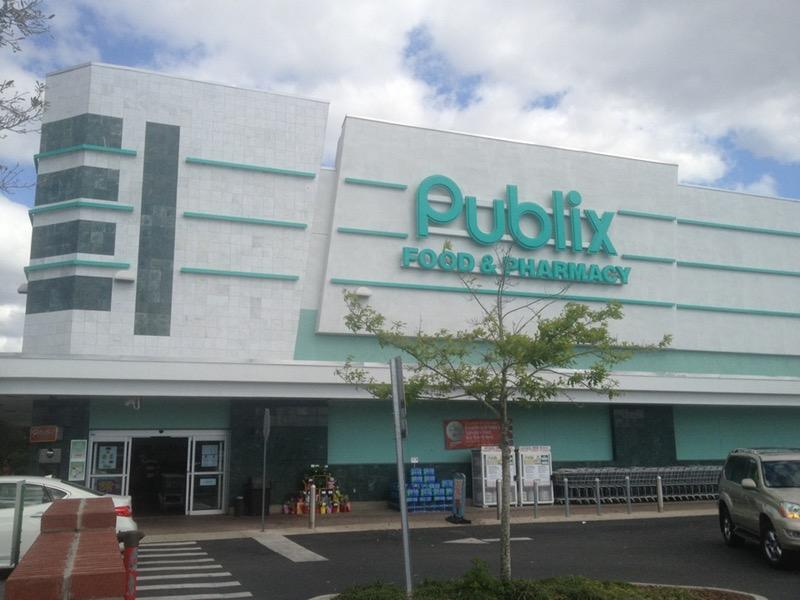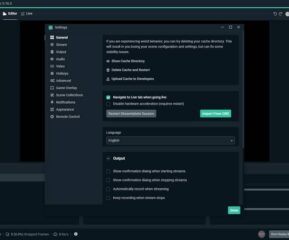Over the past year, the top AI art generators have dominated the creative industry. By describing it in a text prompt, users of text-to-image generative AI can theoretically produce an image of anything they can think of.
But even while most of the newly developed tools operate according to the same theory, they are not all created equal. Since diverse data sets were used for training, the various AI picture generators available today produce varying outcomes.
While some can create amazing, realistic photographs, others only manage to create hazy, average compositions.
Table of Contents
What are AI Art Generators?
Artificial Intelligence (AI) Art Generators are computer programs or algorithms that generate or create art automatically. These AI tools are designed to mimic the creative process of human artists, generating unique and original pieces of art in a wide range of styles and mediums, including paintings, drawings, graphics, and animations.
There are several AI art generators that use deep learning techniques, such as neural networks, to analyze and generate images. These systems are trained on massive datasets of images and art styles, allowing them to understand and recreate artistic styles and themes. Some AI art generators even allow users to input their own parameters and preferences, creating personalized art pieces that reflect their tastes and styles.
While AI art generators have been around for several years, they have recently gained significant popularity, with many artists and galleries showcasing the artworks generated by these systems. Despite the increasing popularity of AI art generators, there is still some debate about the authenticity and originality of AI-generated art.
Best AI Art Generators
Depending on the type of image you want to create, the same tool can sometimes be used for both. Experts experimented by comparing the output of text-to-image models.
Models from Mid journey, DALL-E 2, and Stable Diffusion are compared to attempt and determine the best AI art generator for various purposes. They compared the outcomes using identical cues and a 1:1 aspect ratio.
Here is a list of popular AI Art generators to take a look at:
1. Craiyon ( Formerly) DALL-E
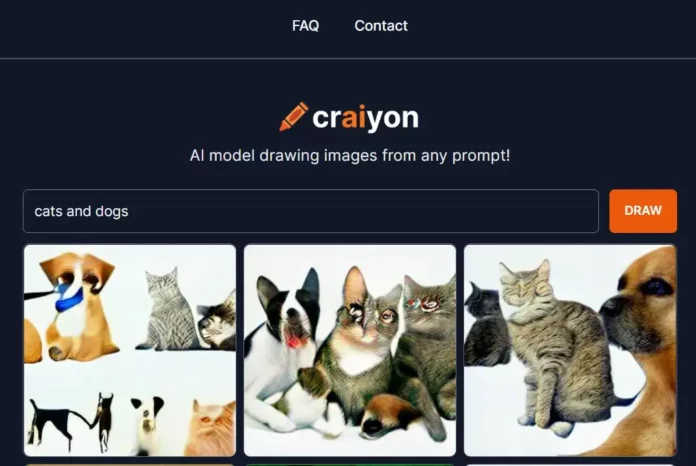
There are other AI art generators than DALL-E 2, Midjourney, and Stable Diffusion. There are many others, some of which are less complex but far more accessible, such as Crayion (formerly known as DALL-E mini, despite having nothing to do with the tool created by OpenAI). People can observe that DALL-E 2 produces results that are by far the most realistic.
While Craiyon won’t be able to mislead anyone into believing its outputs are real, DALL-E 2 generates results that you might just mistake for being real.
Midjourney lies in the center, producing results that are more realistic after some tweaking. Midjourney was the program used to produce the controversial AI artwork that took first place in a well-known art contest.
2. Jasper Art
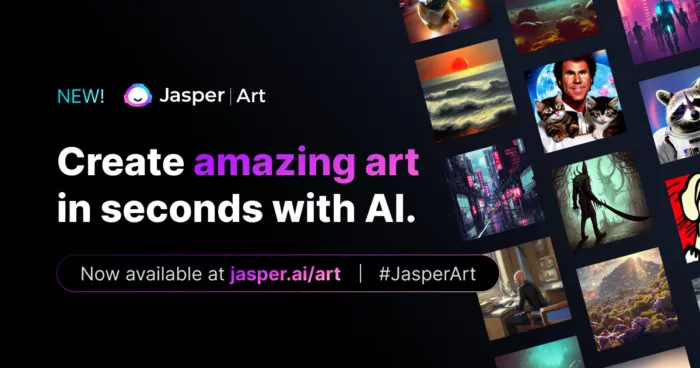
Jasper Art images are free of watermarks. You can create unlimited unique images with a simple description.
3. Starry AI
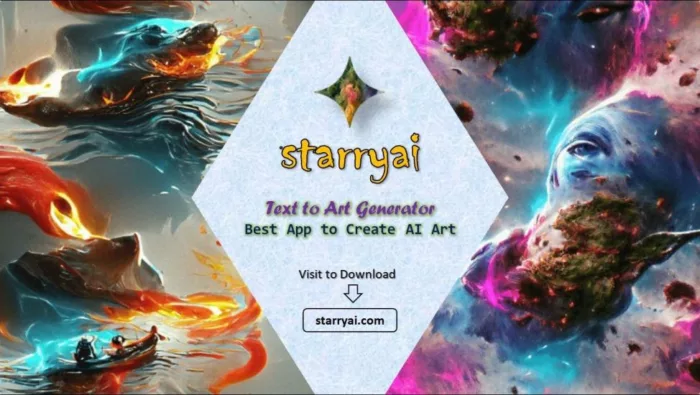
Starry AI has a unique granular tool that enables you to create images with more personalization than other AI art generators. You can create more than 16 styles with Starry AI. You can also create easy GAN AI creations.
4. DALL-E and MidJourney
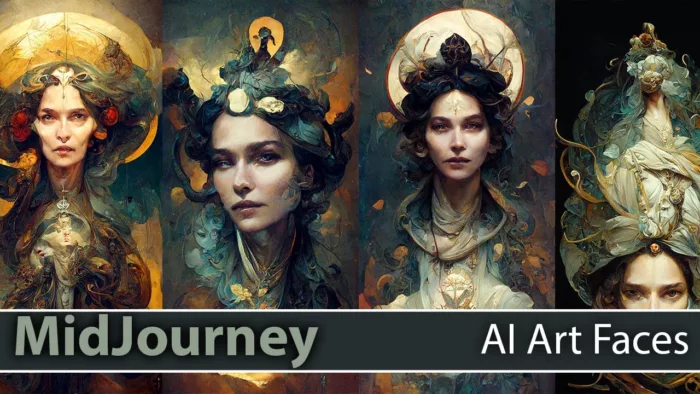
DALL-E 2 also tends to create unusual images. In comparison, tools like Stable Diffusion seem to provide the cleanest results. DALL-E may make amazing shots, but you need to be careful not to overload the scene. It seems that it’s sometimes the greatest tool for handling facial expressions and making photorealistic images.
Additionally, it did a good job of reproducing particular artists’ artistic approaches. But a more recent iteration of Stable Diffusion has made doing so more challenging.
While DALL-E 2 has a vast range but a more overtly digital outcome, Midjourney is lovely and is similar to an analog Moog but has a limited range.
It’s incredible how similar these tools are comparable to musical instruments. Beyond the initial outcomes of how they handle cues, the three technologies also differ in important ways.
Midjourney has a large, vibrant user community for assistance and inspiration. DALL-E 2 provides a robust inpainting (and also outpainting) tool that lets you change specific areas of an image.
5. Dream by Wombo
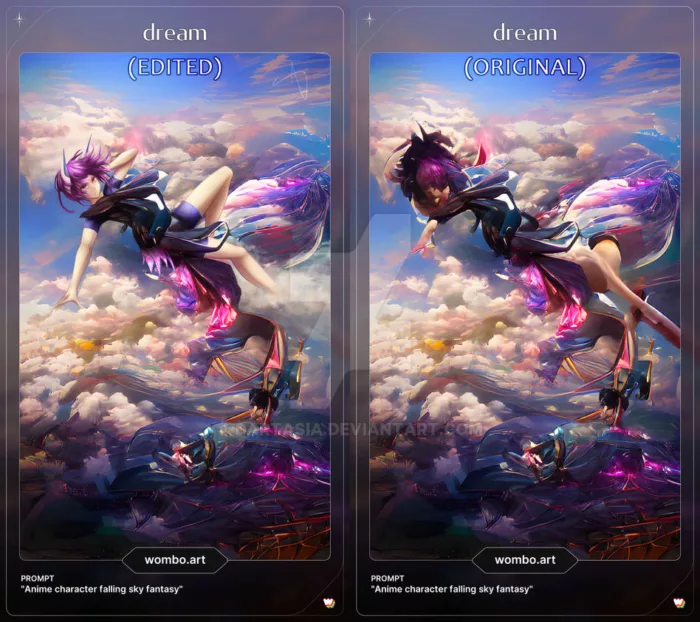
This AI offers unlimited image creation without any restrictions on its features. You can recreate NFTs with it, and it is also mobile-friendly.
6. Nightcafe
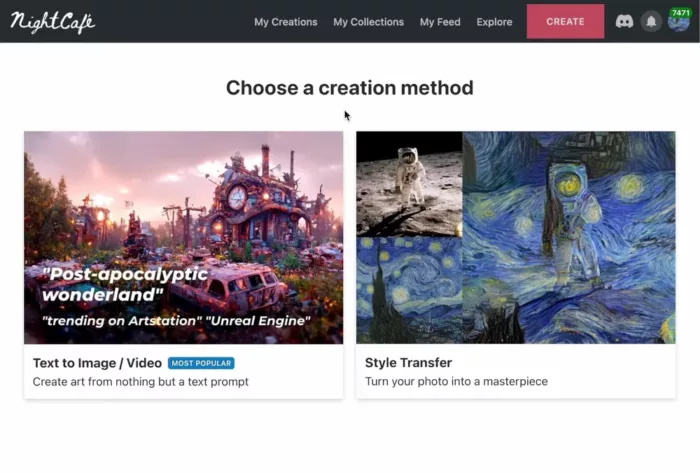
Nightcafe creates authentic and creative images with simple words. It produces versatile digital art. Its neutral style transfer allows you to convert real-life photos into artistic pieces. The Nightcafe AI software also allows you to create Logo designs.
7. Midjourney
Apocalyptic in tone, Midjourney’s works frequently have a very dismal vibe to them. After all, this is the apparatus that produced the recently popular “last selfie on Earth” pictures.
However, it also appears to frequently provide the most natural outcomes when it comes to artistic styles, particularly with textural nuances. In contrast to DALL-E 2, where artifacts frequently look distinctly digital, any artifacts appear natural.
8. Pixray
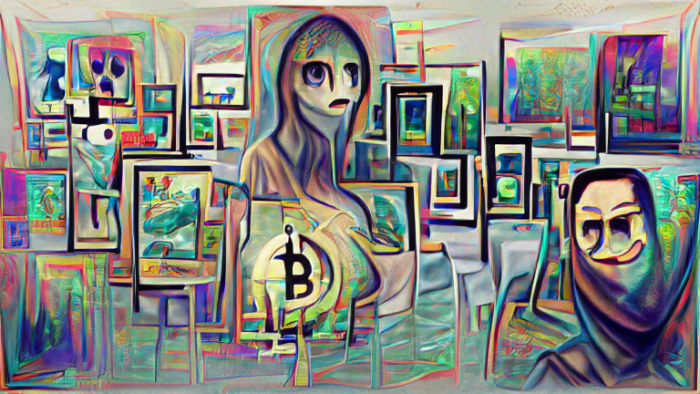
Pixray works as an API or website. It also has a PC application. It enables various customizations. It generates pixel art, GAN images, and line-sketch images.
9. Deep Dream Generator

It can generate realistic images using AI technology. It has styles like deep, thin, and deep dream. It can generate good landscapes and illustrations. It can provide an image preview too.
10. Deep AI
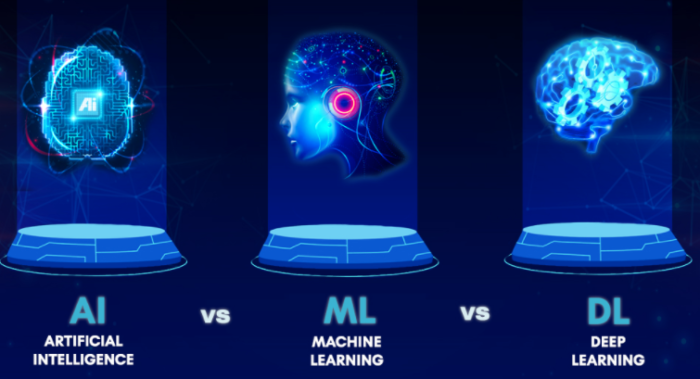
Deep AI is an open-source tool, and it generates realistic images. It can generate vector images, styleGAN, BigGAN, and CartoonGAN images. It also allows users to customize the amount of detailing in every image.
11. Crayion and Artbreeder
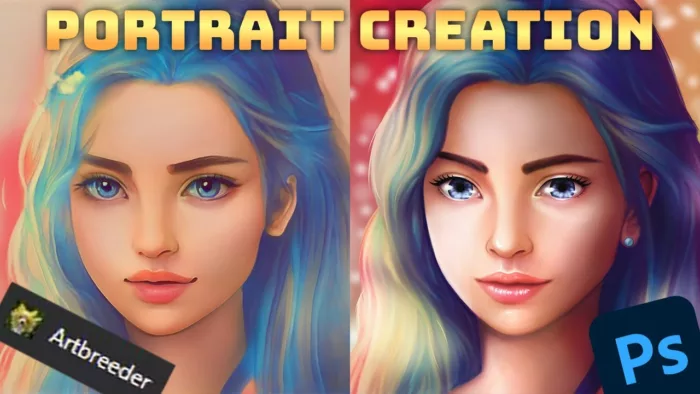
People don’t discuss tools like Crayion and Artbreeder collages. You may use the photos to paint over or use a novel photo bashing procedure. In addition to being free and open to anyone, realism isn’t necessarily what people are searching for in AI art generation. Crayion images, while not realistic, were extremely creative and more diverse.
Final thoughts
It nearly seems as though every AI art generator has its personality and quirks, much like a human artist. The greatest results from each tool require some learning. And they may need different approaches to the way prompts are phrased to produce the best AI photos.
- AI’s Impact on Personalization, Analytics, and Retention in Gaming - April 12, 2024
- The Marketer’s Marathon: Long-Distance Strategies for Sustained Traffic Growth - March 29, 2024
- What Is MagSafe for iPhone? A Quick Guide - March 18, 2024

